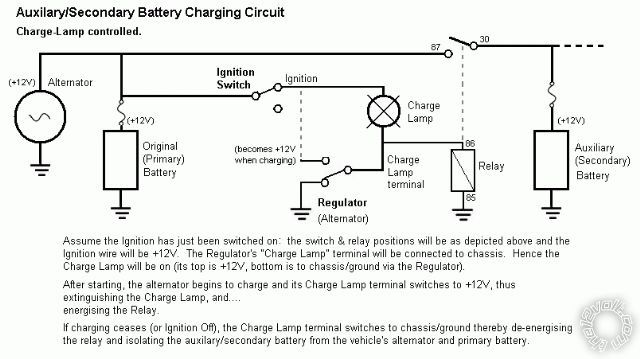My electrical needs in my previous camper van and now the current truck camper are modest...so far.
As of today, I don't have a 12v fridge or A/C.
And my total outlay for 2 100w solar panels, wiring, fuse panel, solar controller, one battery, and misc items is under $500. If you count the 300w PSW inverter I got for free, well, the cost might be closer to $600 or so.
So it's totally doable on a budget.
If/when I buy a fridge, I will add my 120w portable panel, and probably add another battery.
This system will easily power a normal laptop, a roof fan, LED lights, charge the phone, power the cellular hotspot, and charge the flight batteries for my drone, as well as occasional use of my ham radios.
It's NOT a huge amount of power, but it works for me.
And on cloudy days, the power production is down by a fair amount. So I cut back on power use.
But it all works for me, and a similar system might work for the OP.
As of today, I don't have a 12v fridge or A/C.
And my total outlay for 2 100w solar panels, wiring, fuse panel, solar controller, one battery, and misc items is under $500. If you count the 300w PSW inverter I got for free, well, the cost might be closer to $600 or so.
So it's totally doable on a budget.
If/when I buy a fridge, I will add my 120w portable panel, and probably add another battery.
This system will easily power a normal laptop, a roof fan, LED lights, charge the phone, power the cellular hotspot, and charge the flight batteries for my drone, as well as occasional use of my ham radios.
It's NOT a huge amount of power, but it works for me.
And on cloudy days, the power production is down by a fair amount. So I cut back on power use.
But it all works for me, and a similar system might work for the OP.










































































